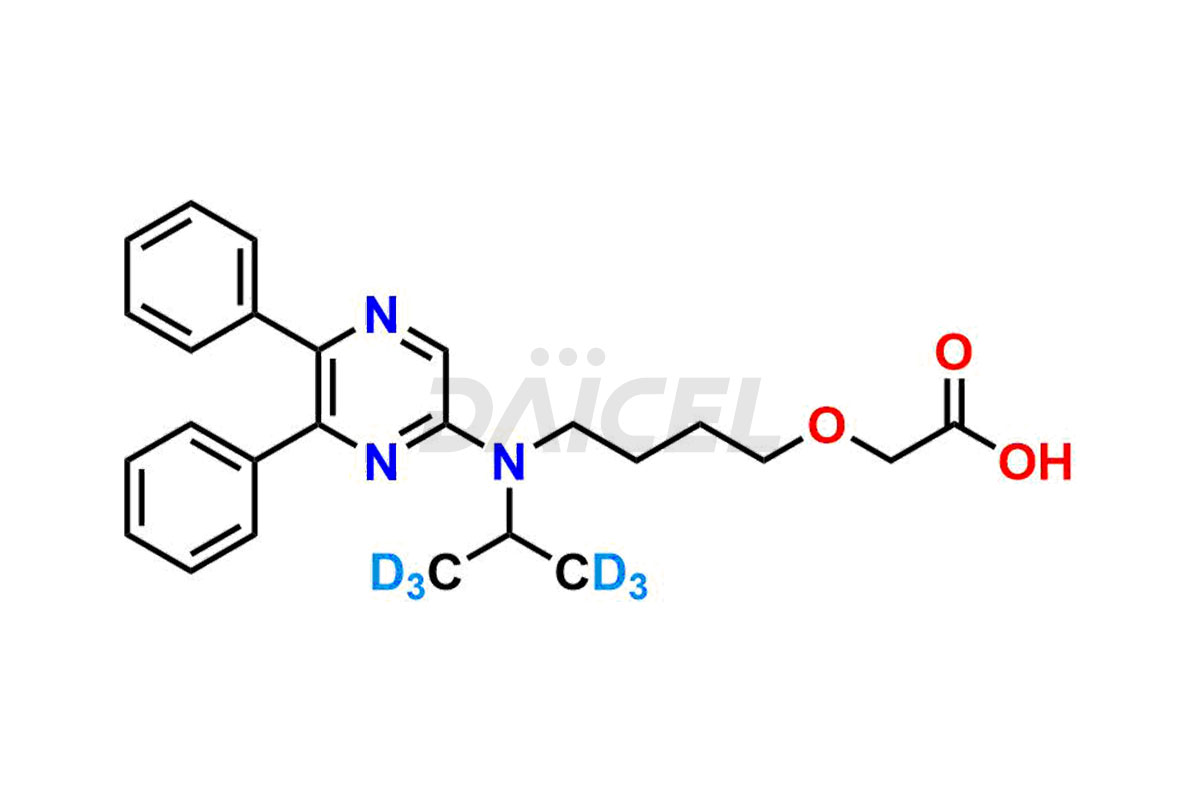Selexipag
References
- Asaki, Tetsuo; Hamamoto, Taisuke; Kuwano, Keiichi, Heterocyclic Compound Derivatives and Medicines, Nippon Shinyaku Co., Ltd., Japan, EP1400518B1, January 17, 2007
- Bonde, Prajakta G.; Bachhav, R. S.; Kalegaonkar, Somnath, Development and validation of RP- HPLC method for the estimation of selexipag in bulk and its tablet dosage form, World Journal of Pharmacy and Pharmaceutical Sciences, Volume: 11, Issue: 8, Pages: 2166-2175, 2022
Frequently Asked Questions
Why is the presence of impurities a concern in Selexipag?
The presence of impurities in Selexipag can significantly affect its quality, safety, and efficacy. Depending on the type and concentration of impurities, they can adversely affect the drug's pharmacological activity and stability and ultimately pose potential risks to patient health. It is, therefore, crucial to carefully manage and control impurities to ensure the drug's optimal performance and safety as a pharmaceutical product.
How are the impurities detected and quantified in Selexipag?
Selexipag impurities are assessed using analytical techniques such as the novel high-performance liquid chromatography (RP-HPLC) method.
Which solvents help in the analysis of Selexipag impurities?
Methanol is the solvent used in analytical techniques to separate and detect Selexipag impurities.
What are the temperature conditions required to store Selexipag Impurities?
Selexipag Impurities should be stored at a controlled room temperature between 2-8°C or as indicated on the Certificate of Analysis (CoA).
Note: Products protected by valid patents by a manufacturer are not offered for sale in countries having patent protection. The sale of such products constitutes a patent infringement, and its liability is at the buyer's risk.


